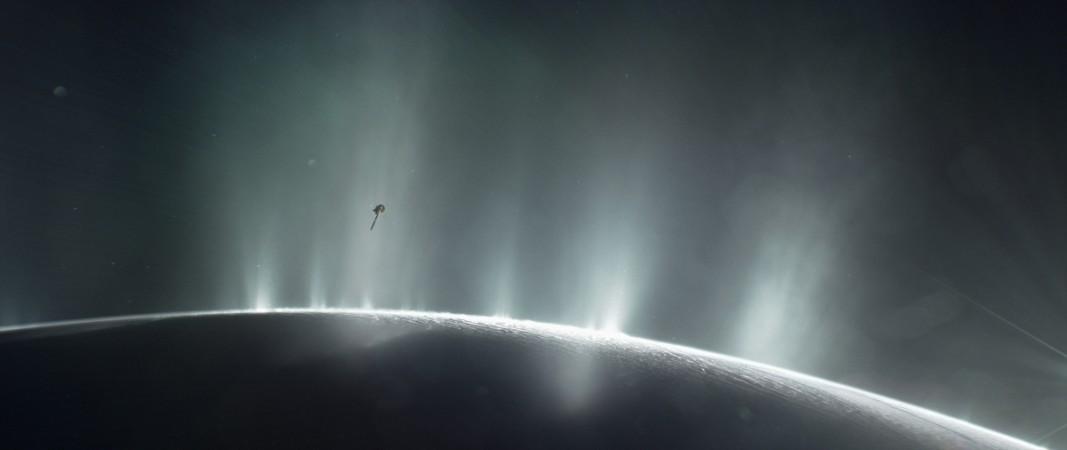Even though NASA's Cassini mission ended around four years ago, data collected by this probe about Saturn and its moons still continue to perplex researchers. And now, a recent study carried out using the data obtained by the Cassini mission has apparently found possible signs of alien life on Saturn's moon Enceladus.
Is methane a sign of alien life?
In a new study published in Nature Astronomy, researchers from the University of Arizona and Paris Science and Letters University revealed that they have detected methane in the plumes of Saturn's icy moon Enceladus. It is still unclear how this methane is produced, but researchers believe that it could be coming out from activity at hydrothermal vents present on Enceladus's interior seafloor.

It should be noted that this process is very similar to the phenomena found on earth's oceans where microorganisms live, feed on the energy from the vents, and produce methane in a process called methanogenesis.
Scientists neither admitted nor denied the presence of aliens
"We are not concluding that life exists in Enceladus' ocean. Rather, we wanted to understand how likely it would be that Enceladus' hydrothermal vents could be habitable to Earthlike microorganisms. Very likely, the Cassini data tell us, according to our models. We wanted to know: Could Earthlike microbes that 'eat' the dihydrogen and produce methane explain the surprisingly large amount of methane detected by Cassini?" said Régis Ferrière, an associate professor at the University of Arizona, and one of the lead authors of the study.
A few months back, Amanda Hendrix, a planetary scientist at the Planetary Science Institute had also suggested that Enceladus is the only confirmed current habitable environment beyond Earth. Hendrix claimed that Enceladus could be home to extraterrestrial life forms, and added that future missions to this moon could shed startling details about the alien presence.
Another study report had suggested that possible microorganisms that might be living in the sea of Enceladus could be feeding on carbon dioxide and molecular hydrogen for growth. The study also noted that these organisms could be releasing methane as a by-product.















